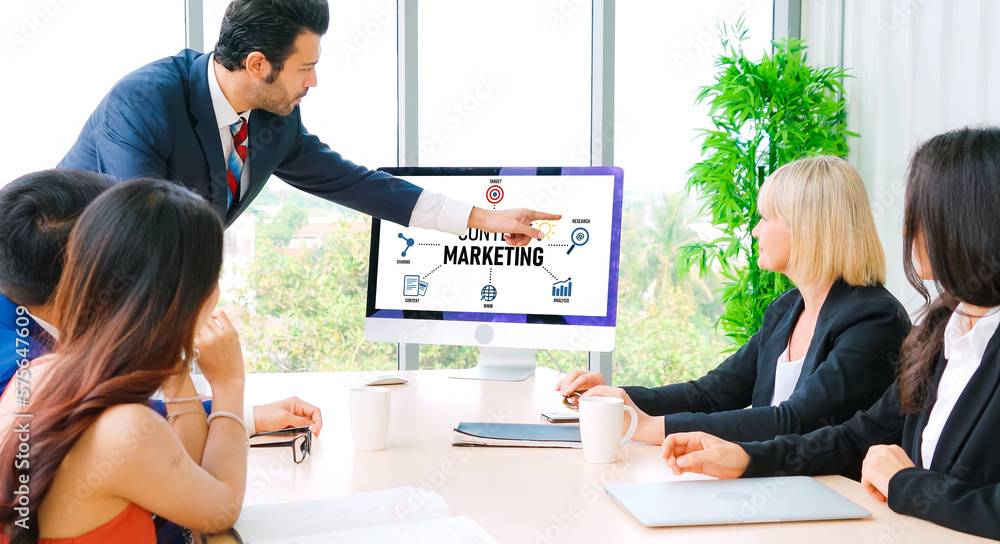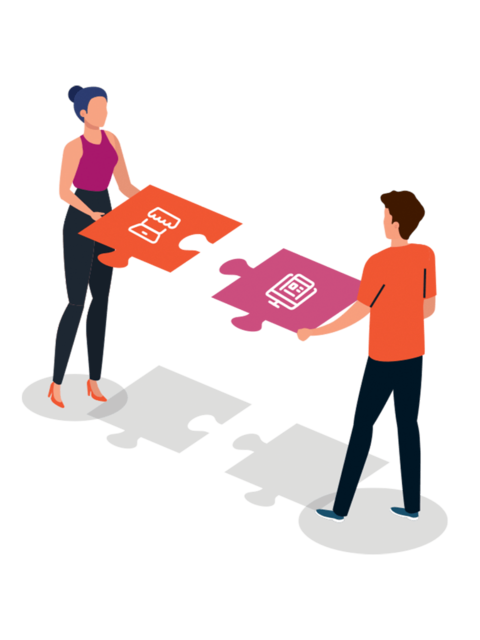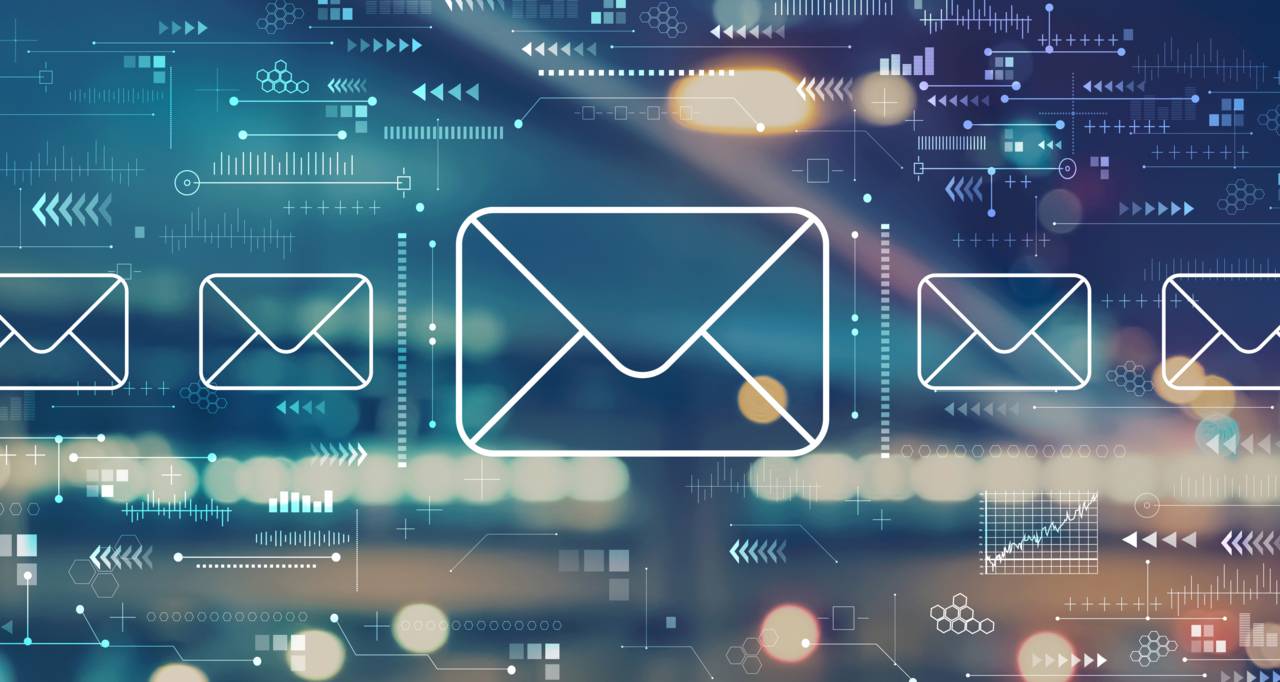10 Step Guide to Create an Effective B2B Content Marketing Strategy – PT.2

Welcome back! Before we dive back in, let's have a quick recap on what we have covered in part one of our 10 Step guide to Create an Effective B2B Content Marketing Strategy.
So, we now understand the importance of B2B content marketing and the similarities and differences with B2C. We explained the value of conducting an existing content audit and the need to create or refresh our buyer personas so that we know who the content is for. Tone of voice and targeted messaging were also highlighted as crucial components before reviewing the significance of driving organic traffic through Search Engine Optimization (SEO).
Now we have the foundations of our B2B content marketing strategy in place, let’s bring our content strategy to life.
Step 6: Create your content plan and map the user journey
Now that we have analyzed our existing content, we know the persona profiles who we are targeting, we have built our main claims, and we have conducted our keyword research, we are now ready to bring our content strategy to life. Our sixth step is to create a content plan.
As mentioned in part one of this two-part blog series, this plan should include both updating and optimizing existing content and generating new content where we have found gaps along the buyer journey. Create a template and try mapping out a plan for the first three months. List the content titles and content types in priority order.
When it comes to creating the content and collateral it is inevitable that you will need support from the wider teams, and perhaps even agencies including design, UX, data, translation, email, and social.
For visibility we recommend the RACI model/matrix to set clear roles for each stakeholder, defining who is Responsible, Accountable, Consulted, and Informed. This might work for you too, regardless of whether you’re using a work management platform.
So, before we begin creating content there is another element to consider, and it links back to the SEO topic, and that is search intent. We have our keywords which have given us some direction on the various topics, but now we must frame the content. Once again, the search intent is closely aligned to the buyer journey and the various stages of the sales funnel.
But what is search intent? Well in a nutshell, this refers to information which the user is looking for and there are four categories:
Navigational – the user is searching for a specific page or brand.
Informational – the user is searching for information about a certain thing.
Commercial – the user is conducting research about a product or service.
Transactional – the user is looking for prices and is ready to make a purchase.
Let’s look at an example. So, let’s say the keyword is marketing strategy, by running a simple search on Google using this term we can see that all the meta titles within the search results are framed for an informational search query. This means that Google sees this keyword as an informational search term and will rank pages which are framed to supply information about this topic which is Top of the Funnel (TOFU):
7 step to create a marketing strategy
What is a marketing strategy?
How to create a marketing strategy
You can begin writing your content!
Step 7: Develop coherent customer journeys
It’s time to add any newly created content to our previously conducted audit so we have a complete record of both the new and old content at our disposal.
Now we can begin designing the buyer journey by connecting related content. Start by categorizing content into groups using content tags. This exercise will help you to group content into common themes. Some tags may only appear in the backend for your benefit; whilst others can be displayed onsite to give the reader vision of the key areas before opening it to enhance the user experience.
Some common tag categories include (but not limited to):
- Content type (article, eBook, report, case study…)
- Industry (B2B, B2C, manufacturing, retail, industrial…)
- Location
- Solutions (services, products, features…)
- Funnel stage (backend only)
- Persona (backend only)
- Pain points (backend only)
We can now use these tags to find common themes and link content to create coherent journeys to support the buying journey. Let’s look at an example:
Imagine that a marketing professional (one of your primary buyer personas) has searched on Google using the keyword B2B content marketing. They discovered your article How to create an effective B2B content marketing strategy which is positioned on the first page of Google search results. The user clicks and is directed organically to your website, but they are at the very top of your sales funnel and you are yet to capture their key information to convert it into a lead.
Their user’s data can be captured using a well-placed eye-catching banner within the first half of the article which links to an eBook entitled: 5-steps to implementing your b2b content marketing strategy. When the reader clicks on the form, they must supply basic contact information such as name, business name, a workplace email, and phone number. In exchange for this information, they receive our free and exclusive content. It is recommended that only necessary information is requested to increase conversion rates.
In this eBook you can find some of the common pain points experienced by your target persona and provide solutions, some of which should be associated with the products and services which you offer to build brand awareness and to begin generating a need for your solution(s). Links should also be included to guide the reader to your product pages. On your product pages you should supply product walkthrough videos, and links to customer success stories, and request a demo.
Step 8: Harnessing automation for content delivery
A lack of time and resources are common pain points for marketing teams which leaves them searching for ways to work smarter to meet their primary objectives including generating and nurturing leads through content creation and delivery. Automation tools are a great solution to alleviate these pain points to achieve your goals.
But before we can automate our B2B communications we must first identify our key events. Common triggers include:
- New leads
- New customers
- Lost opportunities
It’s advisable to select one trigger and map out the email workflow which is supported by relevant content to drive each stage of the nurture path/buyer journey.
It is also important to consider the length of the buyer’s journey, so you can plan how many touchpoints it may take from the first interaction with a lead until they become a customer. As we mentioned in part one of this blog series, the number of communications needed to nurture B2B buyers in comparison to B2C shoppers is typically far greater and the journey is far less structured. For this reason, automated B2B nurturing journeys generally have considerably more touch points.
Refer to your content audit (mapped along the buyer journey) to get a clear sign of which content should be sent in which order of the nurture path. Depending on the markets you serve, once you have created your first nurture flow, you may also wish to create variations for different industries or different personas if you have supporting content, or the capacity/resource to create it to support these adapted messages.
Be sure to create a plan for lead scoring so that you can apply logic to your automated journeys. For example, once a lead reaches a certain value then they are automatically passed to a Sales Development Rep (SDR). Or if a user clicks to find out more about one of your specific products within the automated journey, then you may wish to direct them to a success story about a customer in their industry who has had a great experience with that product.
Once you have these flows live, it’s crucial to gather data, test, and learn to optimize your automated flows. And don’t stop at email, find the channels where your target audience is active and try personalized onsite popups, or retargeting campaigns through paid media to drive tangible results.
Step 9: Measure and analyze your B2B content marketing strategy
Now that your marketing content strategy is up and running it’s time to track the performance using data and analytics tools. By monitoring and recording your successes and failures you can make changes and optimize your content to achieve the best performance. Remember that no matter how impressive the content might be, it will be judged on the value it generates for your business.
Each piece of content is created with a clear purpose, and it is easy to find the metrics to report back on its performance. There are four content metric types to track:
- User behavior – pageviews, users (unique/returning), average time on page, bounce rate, page scrolling, and traffic sources.
- Engagement – likes, shares, comments, mentions, and downloads.
- SEO – organic traffic, keyword ranking, and backlinks,
- Revenue – new leads, MQLs, Cost Per Lead (CPL), and Cost Per Acquisition (CPA)
These metrics can be gathered from the tools which your marketing team use such as email server, CRM (Customer Relationship Management) platform, web analytics service, and SEO solution.
Keep track of these metrics, recording their results which will allow you to identify what does and doesn’t work, allowing you to focus your efforts on the activities which drive the greatest results.
Step 10: Find software to bring your content strategy to life
If after reading this two-part 10 step guide to creating an effective B2B content marketing strategy, you are keen to implement some of the tactics mentioned above then you must be sure that you have the infrastructure in place to support your activities.
Is your company operating within the B2B industry with a complex buyer journey/selling model?
Are you still using a basic CMS solution?
If the answer is yes to these two questions, then it’s time to define or accelerate your digital transformation strategy and future proof your business by migrating over to a Digital Experience Platform (DXP) before it’s too late.
As we highlighted in part one of this two-part series, B2B buyers not only prefer, but are demanding a unified digital experience. They are using multiple digital channels to research and make informed business decisions, with numerous stakeholders involved in the decision-making process. They no longer need nor want direct contact with sales reps.
For these reasons we can’t continue working in silos, we must recognize the value of a composable solution which allows us to digitize services through integrated components.
Discover how Ibexa DXP can put personalization, automation, and experience at the forefront of your business. Imagine one tool which allows you to transform your marketing and sales processes and manage the end-to-end customer experience in one platform.
Digital transformation may sound like the latest buzzword, but those that do not change will not survive in a world that is becoming increasingly digital despite the complexities around presenting B2B products online.
See what Ibexa DXP can do for you
Watch a product tour of Ibexa DXP and how it can help you tackle digital transformation.
Interested in learning more? Book a personal demo.



